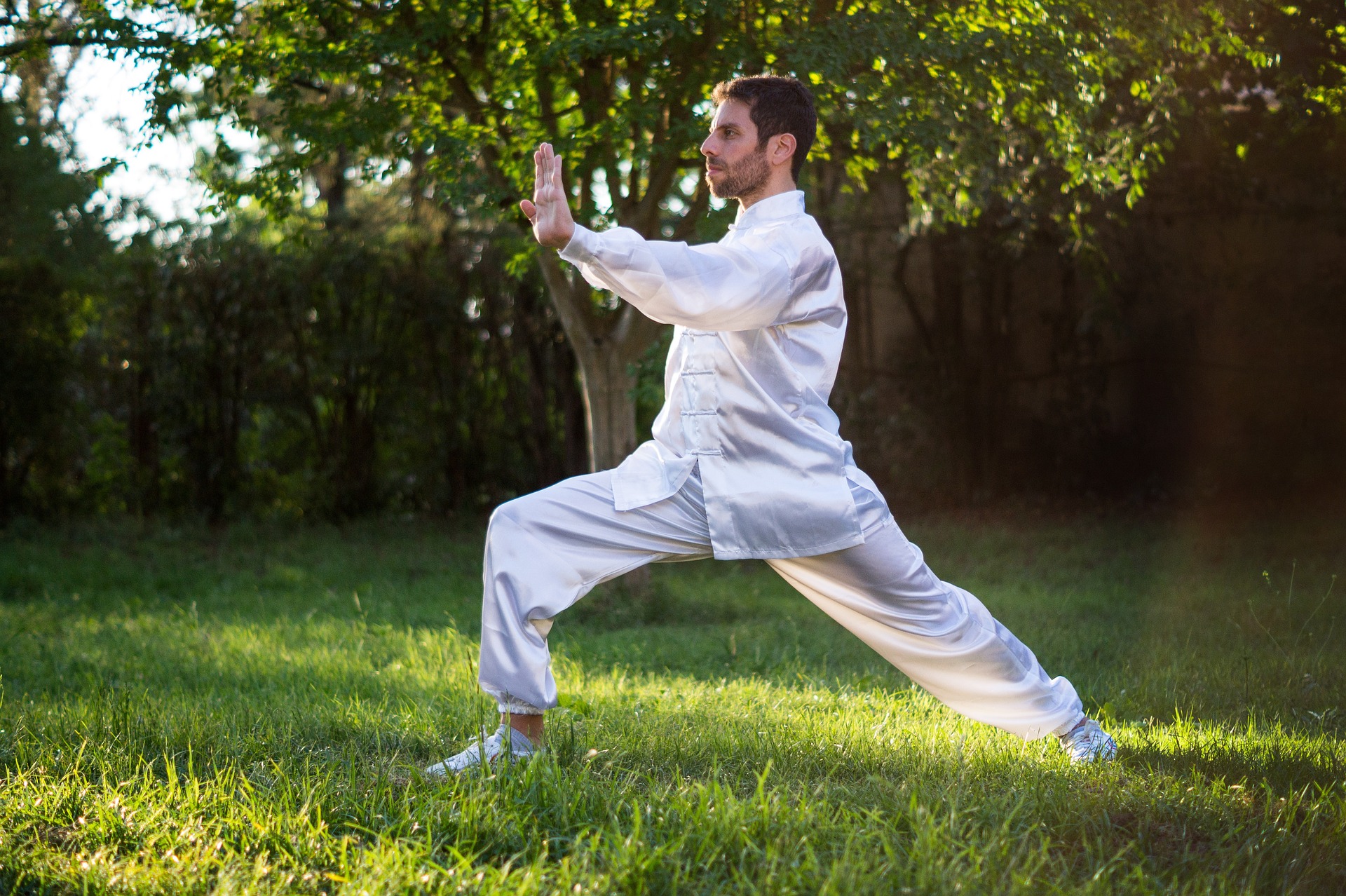Unleashing the Potential of Mindful Movement
One of the most promising trends in health and wellness is the concept of mindful movement. Rather than focusing solely on physical outcomes like strength or flexibility, mindful movement emphasizes the mental and emotional benefits of moving your body with intention and awareness. This article explores the history, current trends, and scientific backing of mindful movement, offering practical insights for enhancing wellness.

A Historical Perspective
Mindful movement, although a recent trend, has its roots in ancient practices like yoga and tai chi. These practices emphasized moving with intention, awareness, and a focus on breath, aligning movement with mental and emotional well-being. Over time, as western fitness paradigms focused on physical outcomes, the mindful aspect of movement got sidelined. Today, however, we see a resurgence of these ancient wisdoms in the form of mindful movement.
Current Trends and Insights
Today, mindful movement is gaining traction, with practices like yoga, Pilates, and even mindful running becoming increasingly popular. This trend reflects a shift from exercise as a chore to movement as a form of self-care. People are recognizing that how we move can influence our stress levels, mood, and overall mental health, and are seeking ways to incorporate mindfulness into their fitness routines.
The Science of Mindful Movement
Several studies support the benefits of mindful movement. Research shows that it can reduce stress, improve mood, enhance self-esteem, and even boost cognitive function. In addition, mindful movement can help improve body awareness and mind-body connection, which are essential for overall well-being.
Benefits and Challenges
Mindful movement offers numerous benefits, from improved mental health to better physical fitness. However, it also poses challenges. It requires a shift from external goals (like losing weight or building muscle) to internal ones (like stress reduction or improved mental clarity). This shift can be difficult, especially in a culture that often measures success in tangible outcomes.
Nourishing Your Wellness: Mindful Movement Tips
-
Start small: Begin with just a few minutes of mindful movement each day, gradually increasing as it becomes a habit.
-
Focus on breath: Your breath is a powerful tool for mindfulness. Try synchronizing your movements with your breath.
-
Be patient: Mindful movement is a practice. Don’t expect immediate results.
In conclusion, mindful movement presents a unique and effective approach to health and wellness. It invites us to move with intention and awareness, prioritizing mental and emotional well-being alongside physical fitness. By incorporating mindful movement into our routines, we can enhance our overall wellness and cultivate a more balanced, holistic approach to health. Remember, wellness is not a destination, but a journey—one that mindful movement can enrich.




